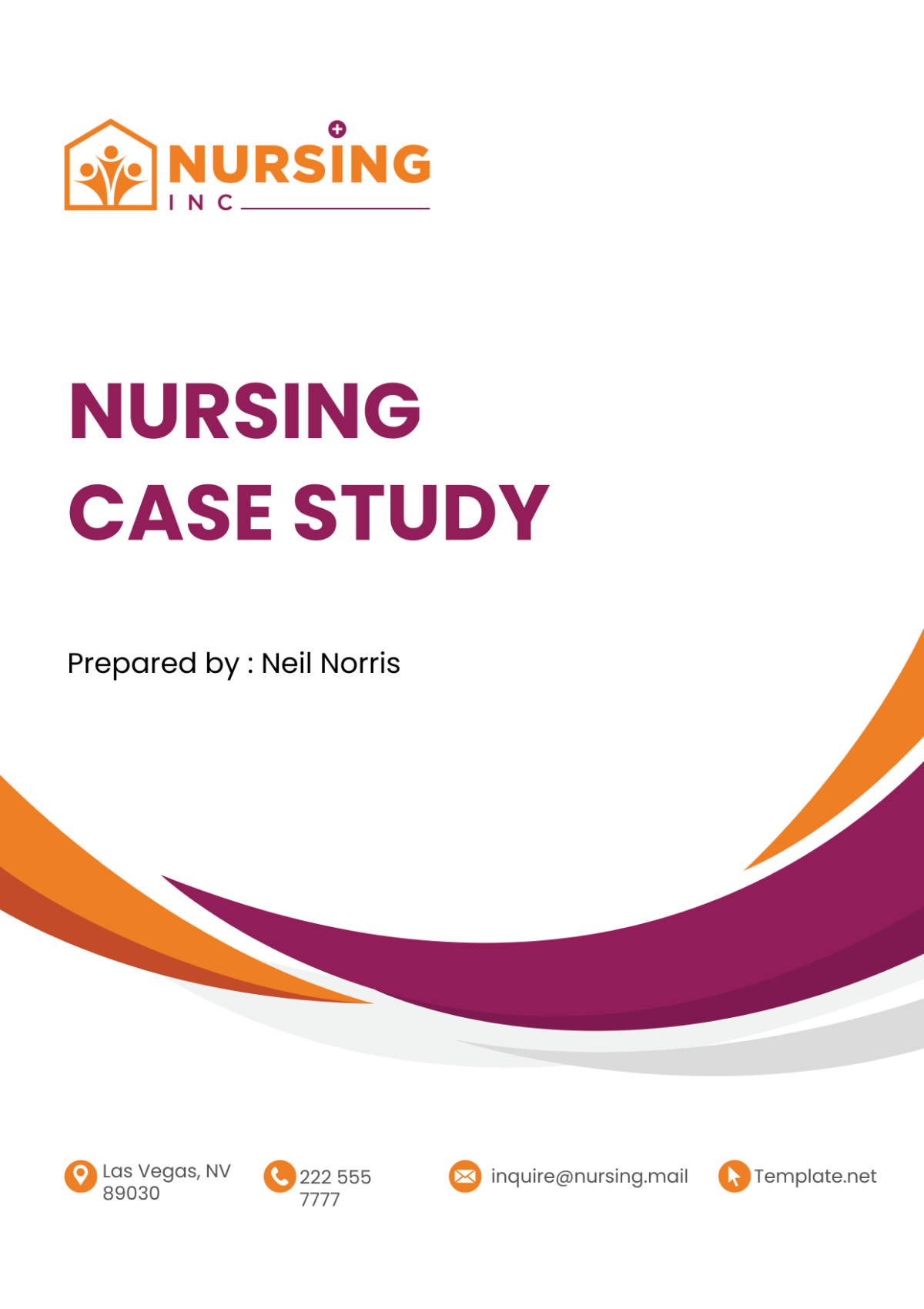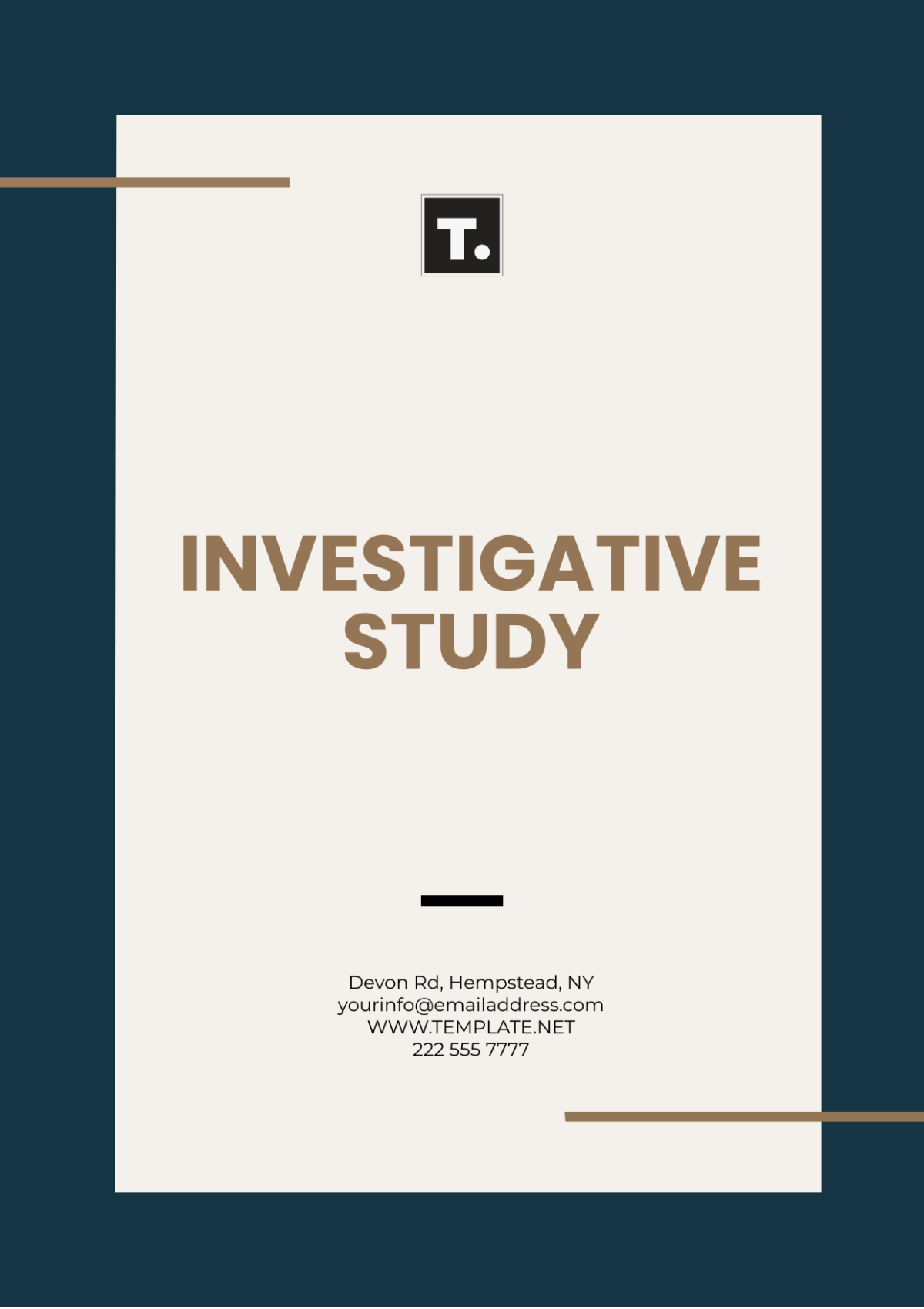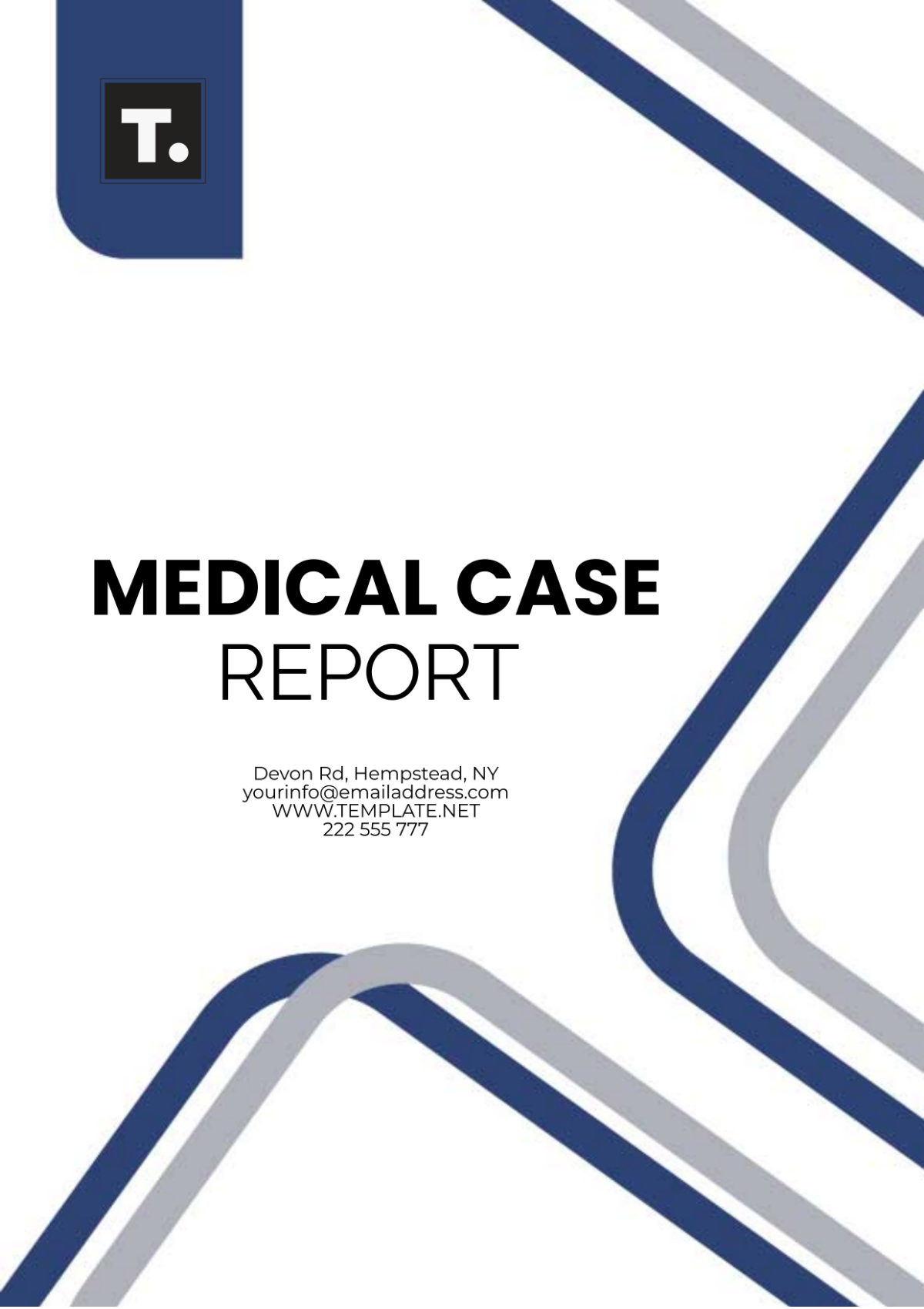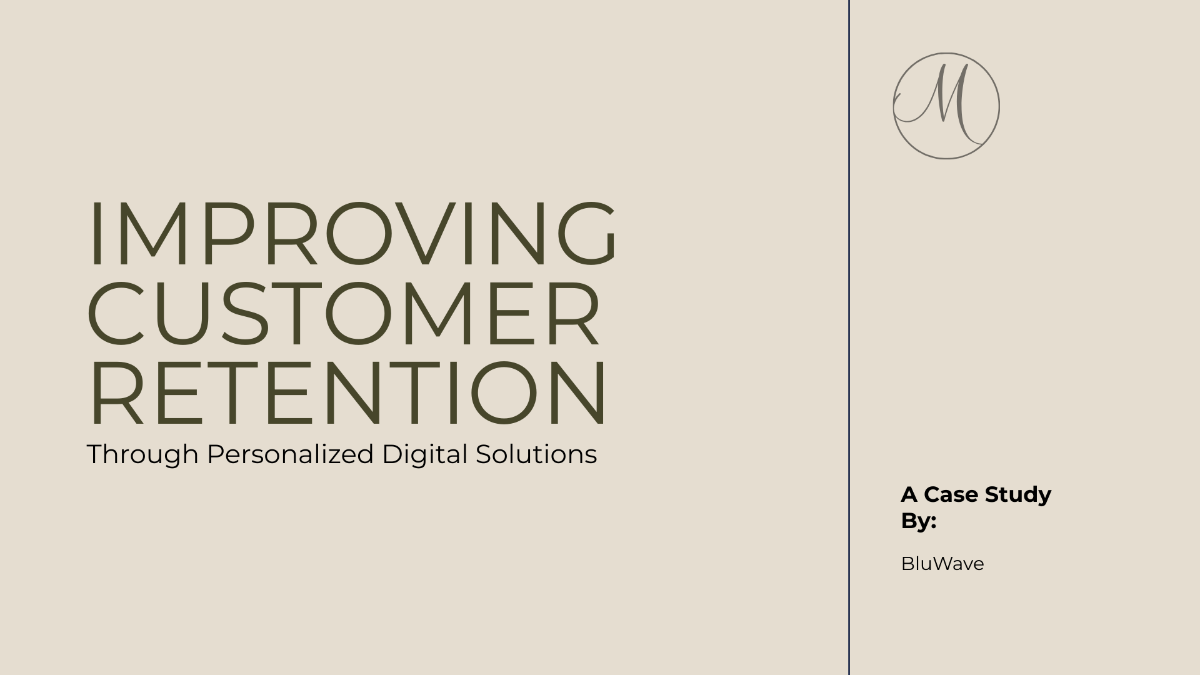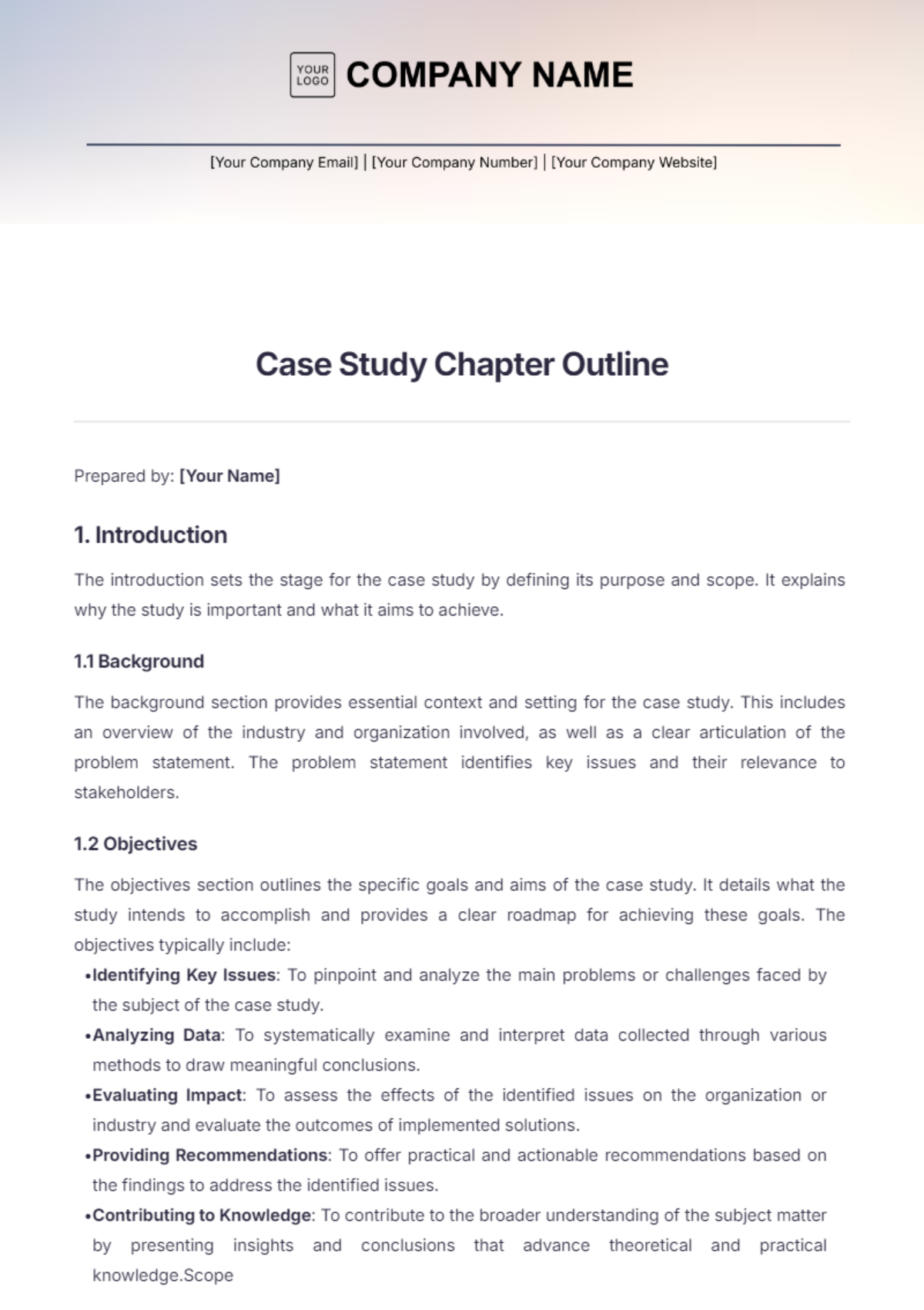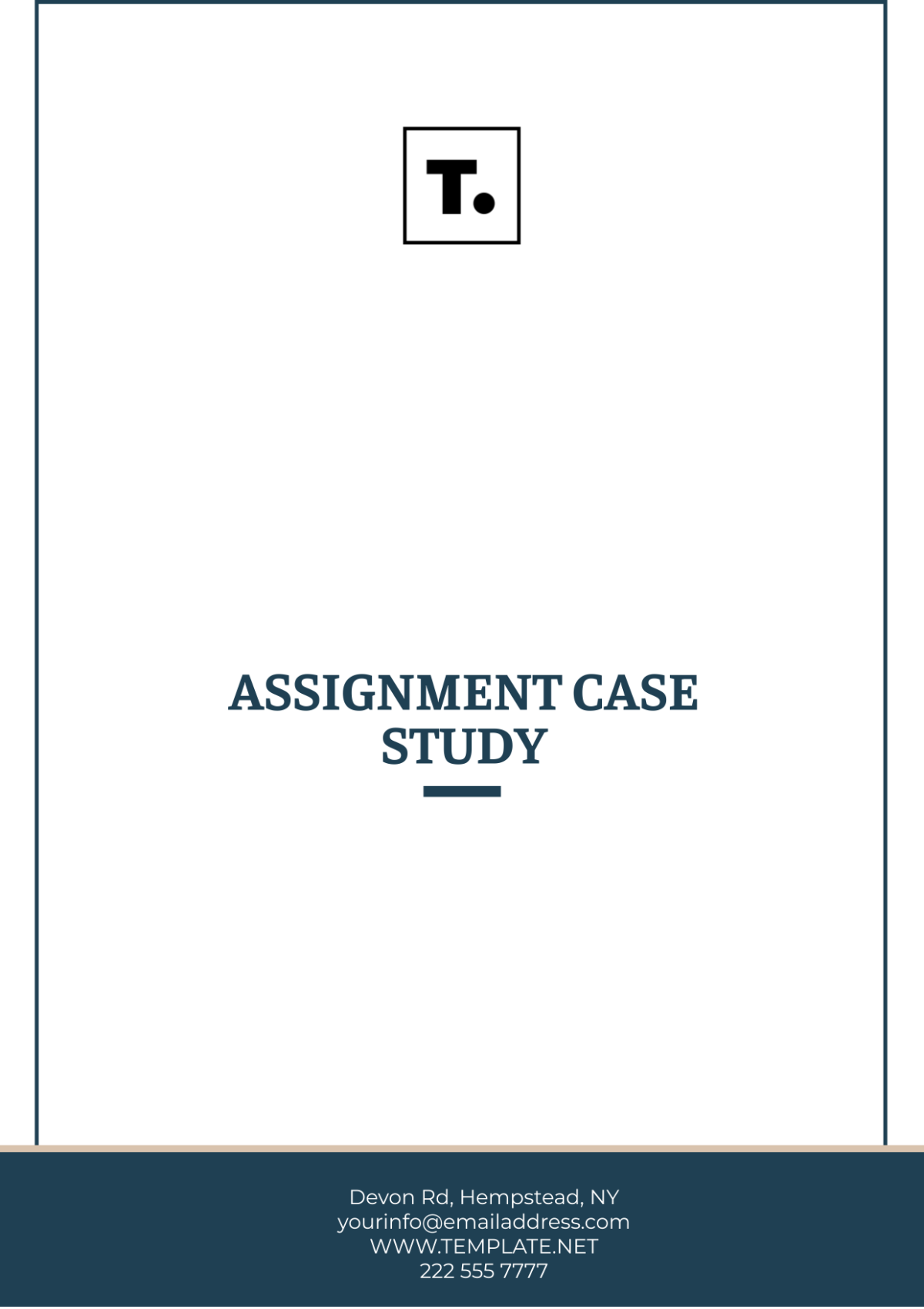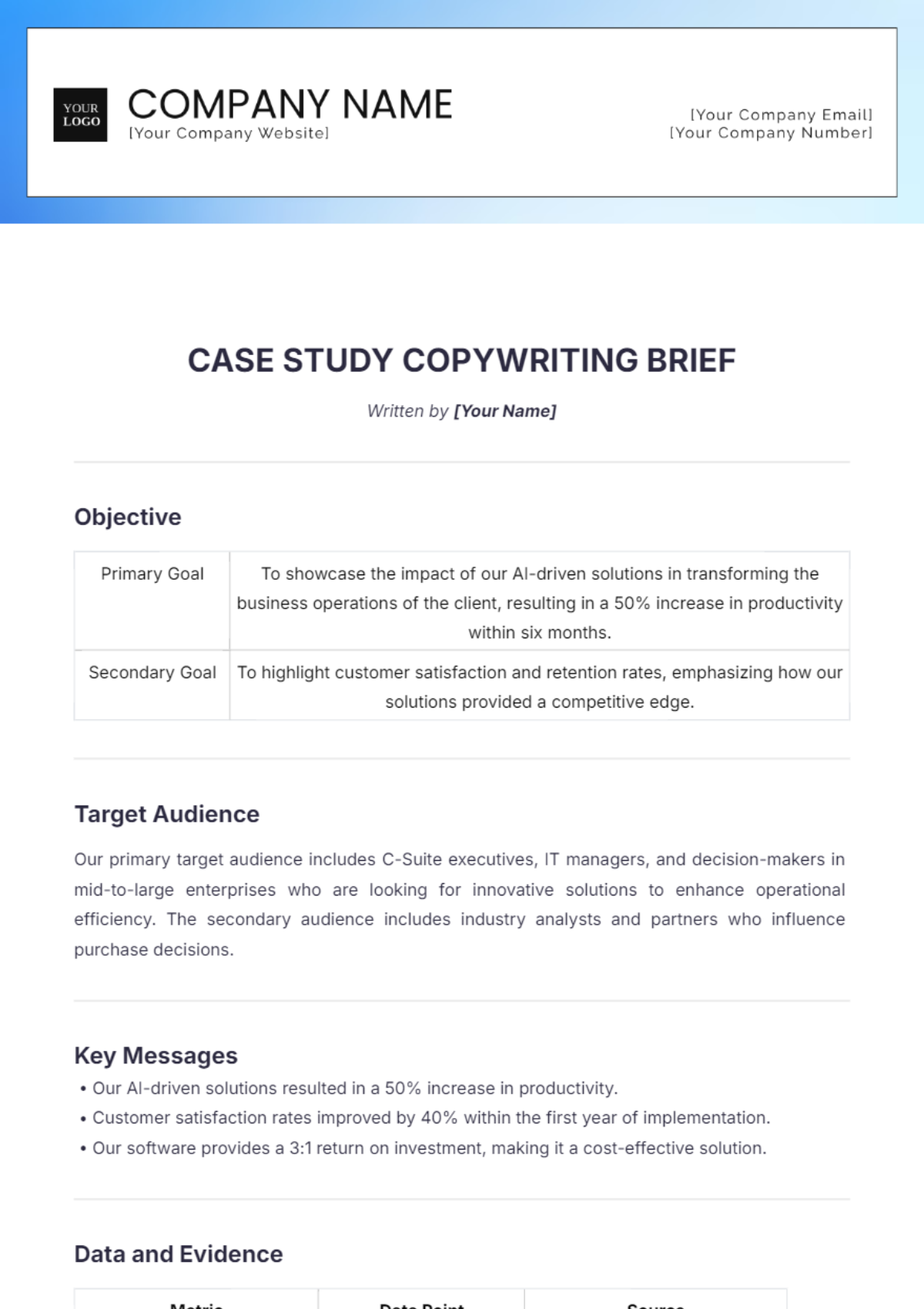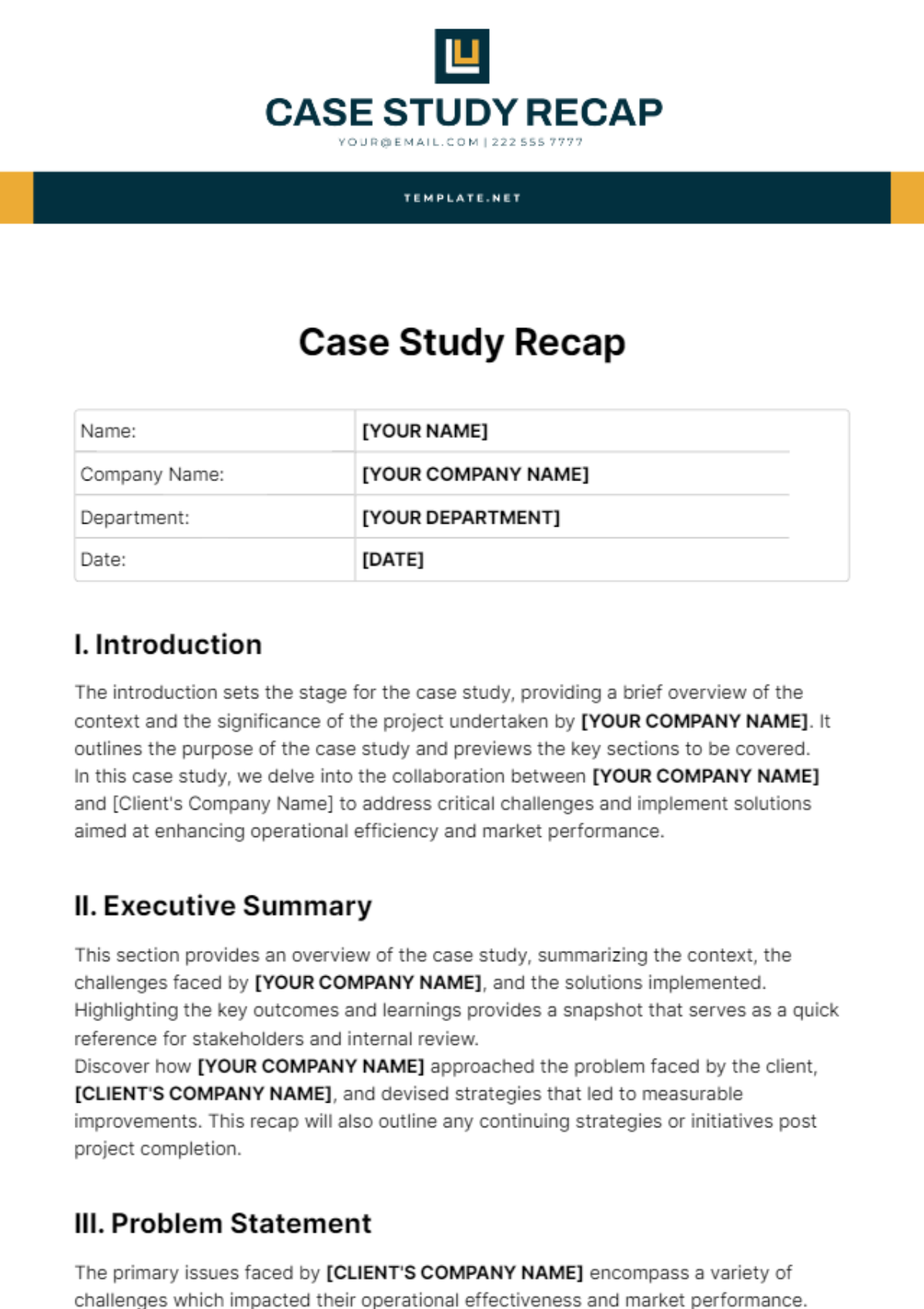Curriculum Reform Case Study
I. Introduction
In response to the evolving educational landscape and the need to better prepare students for the challenges of the 21st century, Springfield School District embarked on a comprehensive curriculum reform initiative. This case study examines the effectiveness, relevance, and impact of this reform effort on student learning outcomes, teacher practices, and educational equity within the district.
II. Background
Driven by shifts in workforce demands, advancements in technology, and changing societal expectations, the Springfield School District recognized the necessity for a curriculum overhaul. Previous assessments had revealed gaps in student achievement and disparities in educational opportunities, prompting district leaders to prioritize reform efforts aimed at addressing these issues.
III. Objectives
The primary objectives of the curriculum reform initiative were to:
Enhance student engagement and academic achievement across all grade levels and subject areas.
Ensure alignment with state standards, college and career readiness benchmarks, and emerging educational best practices.
Foster a more inclusive and equitable learning environment that supports the diverse needs of all students.
Empower educators with the tools, resources, and professional development opportunities necessary to effectively implement the new curriculum.
IV. Methodology
A mixed-methods approach was employed to evaluate the effectiveness, relevance, and impact of the curriculum reform initiative.
Quantitative data, including standardized test scores, graduation rates, and attendance records, were collected and analyzed alongside qualitative data obtained through surveys, focus groups, and classroom observations.
V. Findings
The comprehensive analysis conducted as part of the curriculum reform assessment has yielded nuanced insights into the effectiveness, relevance, and impact of the initiative within the Springfield School District.
The findings are multifaceted and provide a detailed understanding of how the curriculum reform has influenced various aspects of student learning outcomes, teacher practices, and educational equity.
VI. Effectiveness
Analysis of student performance data revealed significant improvements in academic achievement following the implementation of the new curriculum.
Standardized test scores increased across all grade levels, with particular gains observed in math and science proficiency.
Moreover, anecdotal evidence from teachers and administrators indicated higher levels of student engagement and motivation in the classroom.
VII. Relevance
Stakeholder feedback indicated widespread support for the curriculum reform initiative, citing its alignment with state standards and its emphasis on real-world relevance and application.
Educators praised the updated curriculum for its integration of project-based learning activities, interdisciplinary connections, and culturally responsive pedagogy, which they perceived as better meeting the needs and interests of today's students.
VIII. Impact
The curriculum reform initiative had a profound impact on teacher practices and educational equity within the district.
Teachers reported adopting innovative instructional strategies and collaborative teaching approaches to accommodate diverse learning styles and abilities.
Additionally, efforts to promote educational equity resulted in reduced achievement gaps among historically marginalized student populations, as evidenced by increased participation and performance rates.
IX. Discussion
The findings of this case study underscore the transformative potential of curriculum reform in improving student outcomes, enhancing teacher effectiveness, and advancing educational equity. While significant progress has been made, ongoing evaluation and refinement of the curriculum are essential to sustain momentum and address emerging challenges.
X. Conclusion
In conclusion, the curriculum reform initiative undertaken by the Springfield School District has yielded promising results in enhancing the effectiveness, relevance, and impact of education within the community. By prioritizing student-centered learning, equitable access, and continuous improvement, the district is better positioned to prepare students for success in an ever-changing world.
XI. References
[Insert references here]
XII. Appendices
Survey instruments
Interview protocols
Additional data tables and charts
Prepared By:
[YOUR NAME]
[YOUR COMPANY NAME]
[DATE]







